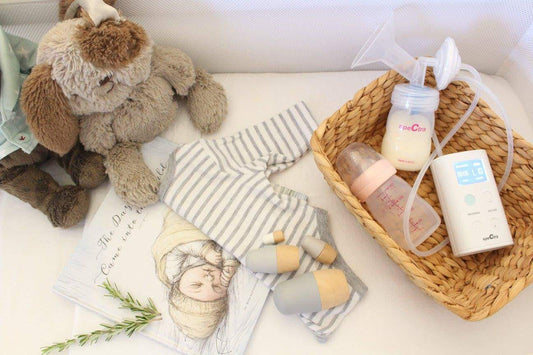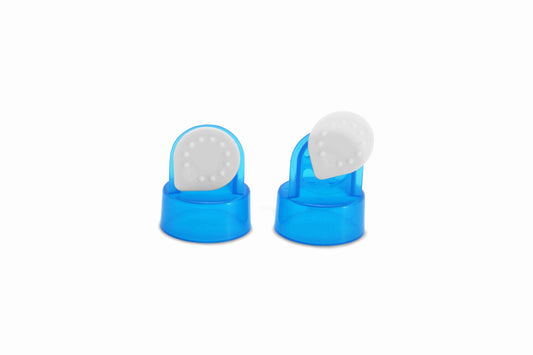Types of Breast Pumps - Read This If You're Confused
Here at Spectra Baby Australia, we get lots of queries from mums who are wanting to buy a breast pump and become confused about the different types of breast pumps available, what the differences are, and which one is right for them. We've written this post to give you a guide to the types of breast pumps available and hopefully after reading it you'll be much clearer on what they are and which one you should be considering. We've broken up the different types of breast pumps into different categories, but bear in mind that some breast pumps will belong to multiple categories. For example, hospital grade breast pumps are also electric breast pumps. If you have any questions about which type of breast pump is right for you after reading this, please do comment below or get in touch!Electric Breast Pumps v Manual Breast Pumps
This is probably the major distinction that you need to know about right off the bat. To explain the distinction, we need to go back and talk about what a breast pump is. A breast pump works by creating and releasing suction on the nipple which draws milk out from your breast. The difference between the electric breast pump and a manual breast pump is that an electric breast pump has a motor which generates the suction, whereas with a manual breast pump you manually create the 'suck' of the breast pump yourself by squeezing and releasing its handle.
While manual breast pumps do work well for many women, we don't sell many of them, probably because our electric breast pumps are so well-priced that most women prefer to just go ahead and buy a Spectra electric breast pump at not too much more than some of the manual breast pumps out there. However, manual breast pumps (our Spectra Handy Plus is only $54.95) are still a great budget choice for a mum who's just looking to pump now and then. Tip ~ manual breast pumps can actually work better for a small minority of women, because the user has complete control over the pattern of suction. Most people find them time consuming and laborious to use, though. We would definitely suggest that an electric breast pump is the way to go if you will need to pump regularly, and definitely if you will be relying on the pump to maintain or build milk production. Note - all the other types of breast pumps we talk about here are different types of electric breast pumps. Manual breast pumps are kind of in their own category and we aren't going to talk about them again in this post.
Hospital Grade Breast Pumps v Personal Use Breast Pumps
First of all, hospital grade breast pump and personal use breast pumps are different types of electric breast pumps. Manual breast pumps are kind of in their own category and we aren't going to talk about them again in this post. Okay so for this one we're going to need to separate our discussion into Before Spectra and After Spectra. Here's why: Before Spectra: Traditionally, hospital grade breast pumps have cost thousands of dollars and were mostly found in hospitals or were available for hire. They were big and bulky, very expensive and had powerful motors to ensure that they were strong and effective enough to help a woman initiate lactation (get milk production started) or build milk supply. Personal breast pumps were much smaller, with smaller motors so not as strong, and were usually not safe for use by more than one woman for hygiene reasons (this is still generally the case for most brands out there, so this is something to check when buying). So to summarise, before Spectra: Hospital grade breast pumps:- big and bulky with strong motors
- suitable for initiating lactation and building milk production
- able to be used hygienically by multiple users
- cost between $1000 and $3000.
- much smaller and portable
- generally not able to be used hygienically by multiple users - only safe for one user
- not as strong - best for use by a mother who is not needing to rely on the breast pump to keep up milk supply.
- larger in size due to larger motor size - for example, the S2 is about twice the size and weight of the M1
- suitable for initiating lactation and building milk production
- able to be used hygienically by multiple users
- cost between $250 and $380.
- much smaller and more portable
- still able to be used hygienically by multiple users
- not as strong - best for use by a mother who is not needing to rely on the breast pump to keep up milk supply.



